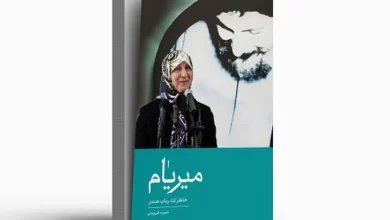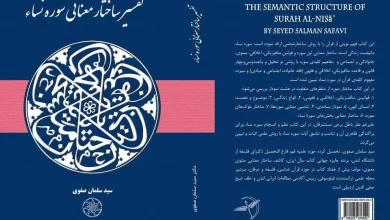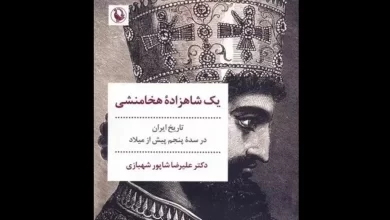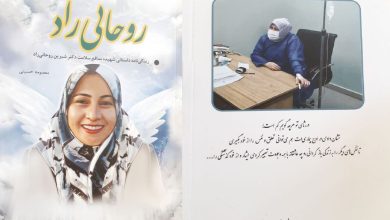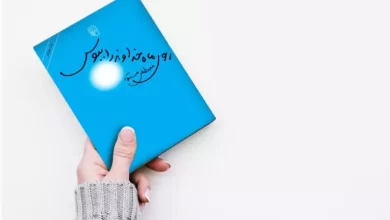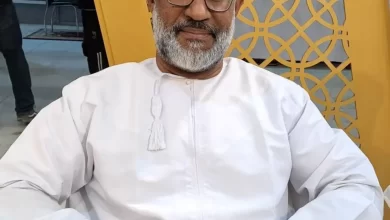How Should We Read Mehdi Azar Yazdi’s Works?
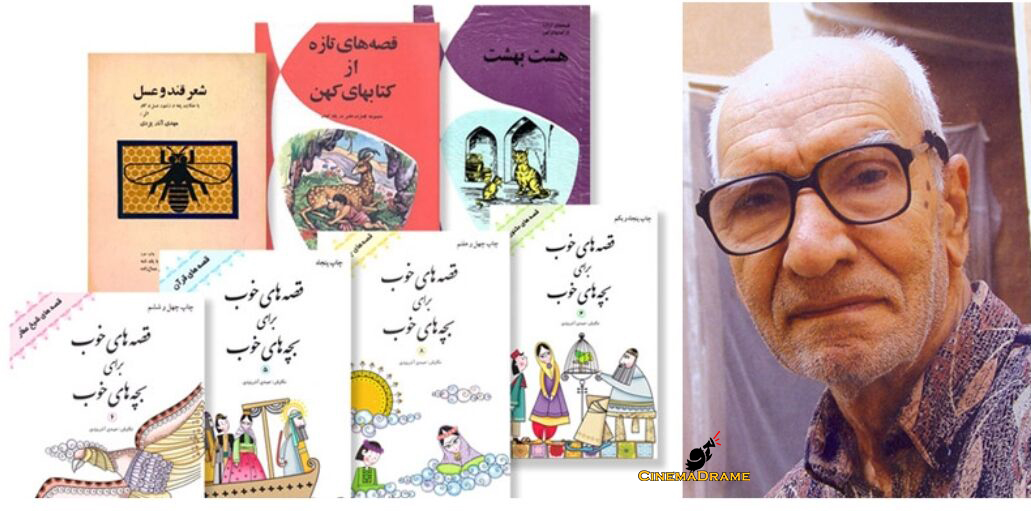
According to cinemadrame News Agency, the name Mehdi Azar Yazdi is intertwined for many Iranians with the sweet scent of childhood stories; tales that emerged from heavy, ancient Persian books but were recounted in a simple, intimate, and instructive tone, making yesterday’s children still smile at their memory.
Azar Yazdi rose from bookstores, printing houses, and a deep familiarity with authentic Persian texts, carrying a cultural mission: to connect the new generation with the forgotten treasures of Iranian literature.
Azar Yazdi’s Intellectual and Literary Characteristics
Azar Yazdi is considered a plain-language writer, but deep within his works, the intellectual foundations of Saadi Shirazi are evident. His ethical and didactic literature, combined with his accurate understanding of a child’s comprehension and wisdom, led to remarkable reception of his works and made his approach influential. Azar Yazdi believed in education through storytelling, a path previously trodden by Saadi and Rumi.
He was among the authors who, without relying on government cultural institutions, genuinely cared for Persian literature and was a lesser-known teacher to the children of Iran.
Affection and Mastery of Ancient Iranian Literature
Azar Yazdi’s works cannot be considered mere rewritings of ancient texts; his fundamental approach resembled a cultural interpretation of ancient texts for children.
This interpretation was not merely due to rewriting stories from “Kalīla wa Dimna,” “Masnavi Manavi,” “Golestan,” or “Marzban-nameh,” but because he extracted parts that were comprehensible and valuable for today’s child. His deep understanding of the structure of fables, symbolic language, and the intellectual foundations of ancient literature enabled him to present a fresh and lively narrative of a classic text without distorting the true meaning of the original work.
Azar Yazdi’s Skill in Understanding Children’s Language
One of the secrets to the enduring appeal of Azar Yazdi’s works was his astonishing understanding of the child’s mind and language. He had no formal training in child psychology, but through experience and intuition, he had grasped how much and how a child understands.
The language of his works was not childish; it was “child-understandable.” In his conversations, he repeatedly emphasized that writing for children is harder than writing for adults, because a child doesn’t mince words with anyone, and if they don’t understand or like a piece of writing, they simply put it aside.
How to Read Mehdi Azar Yazdi’s Works?
Reading Azar Yazdi’s works is not just for a child’s entertainment but also to introduce them to the world of Iranian culture and thought.
Step One: Accompany the child; Read these books with the child and discuss the messages of the stories with them, as many layers of meaning become clear through conversation. Ask them what they understood from the story they read.
Step Two: Give the child room to experience; Allow the child to read at their own pace and in their own style; the simplicity of Azar Yazdi’s language helps the child feel mastery over the text and fosters greater interest.
Step Three: Provide audio, visual, and illustrated versions; Various versions of Azar Yazdi’s works are now available, including illustrated editions, audiobooks, and animations based on his works, which can attract children’s attention and strengthen their connection with books.
Step Four: A research perspective for adults; For adult readers, reading Azar Yazdi is an opportunity to re-examine the connection between ancient literature and contemporary thoughts, and provides a chance for a renewed understanding of forgotten wisdom presented in the form of stories.
Founder of Modern Children’s Literature
Mehdi Azar Yazdi was not only the founder of children’s literature in its modern sense in Iran, but through his works, he also showed that ancient Persian literature, if retold in the right way, can still resonate with the new generation.
Who Was Mehdi Azar Yazdi?
Mehdi Azar Yazdi was born on March 18, 1922 (Esfand 27, 1300 Solar Hijri) in the village of Khorramshah, Yazd. From childhood, he was engaged in farming, construction, and sock-knitting and had no formal education; he gained his knowledge and information through self-study and reading. In Yazd, working in a bookstore was a turning point in his life; it was there that his love for books, coupled with access to ancient texts, was established.
In 1943 (1322 Solar Hijri), he moved to Tehran and worked in Elmi Printing House, several bookstores, and newspapers such as “Ettela’at.” At the age of 35 (1956/1335 Solar Hijri), he published his first stories for children.
He passed away on July 9, 2009 (Tir 18, 1388 Solar Hijri), at the age of 87, due to a lung disease in Tehran, and was laid to rest in his hometown of Yazd.
This day was later designated as the National Day of Children’s and Young Adult Literature.
Introduction to His Works
“Good Stories for Good Children” (8 volumes, 1956–1984) This is Mehdi Azar Yazdi’s most significant collection of works, derived from “Kalīla wa Dimna,” “Masnavi Manavi,” “Sindbadnameh,” “Qabus-nameh,” “Quran,” Attar’s works, “Golestan,” and stories of the Fourteen Infallibles (Imams). These writings were rewritten in simple and fluid language for children and young adults. Works from this collection received international recognition: a UNESCO award in 1964 and the Book of the Year Award in 1966.
“New Stories from Ancient Books” A ten-volume collection including stories with ethical and epistemic themes from less rewritten classical texts such as “Good and Evil,” “Right and Wrong,” “Five Legends,” “Ten Fables,” “Son of Adam,” “Man and Unman,” “Eight Heavens,” “The Knowing Weaver,” and more. This collection was a continuation of Azar Yazdi’s cultural project to introduce ancient treasures in a sweet language for children and young adults.
Independent Stories and Poems Works such as “The Naughty Cat” (a satirical story for toddlers), “The Lazy Cat,” “Qand va Asal Poetry” (a collection of children’s poems), “Good Child Masnavi” (a retelling of “Masnavi Manavi” for children), “Simple Stories for Beginners,” “Khale Gohar,” “Khale Sooskeh,” and “Smile,” all aimed at young children.
Unfinished Works Volumes 9 and 10 of the “Good Stories for Good Children” collection, “Yazdi Culture,” “Maktabkhaneh” (traditional school), and “Jungle-e Mowlā” were among the works in progress that remained unfinished due to the author’s passing.
